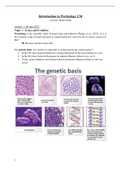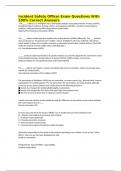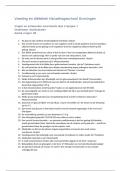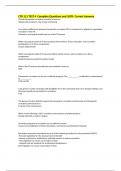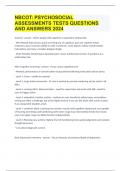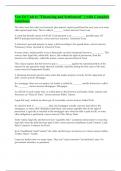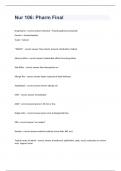College aantekeningen
Uitgebreide College Aantekeningen Introduction to Psychology (UM)
- Instelling
- Vrije Universiteit Amsterdam (VU)
Aantekeningen van alle hoorcolleges van het vak Introduction to Psychology die hoort bij de Minor Psychology and the Brain (2022/2023) in het Engels geschreven. Er wordt gebruik gemaakt van voorbeelden, afbeeldingen en referenties naar de verplicht te lezen literatuur.
[Meer zien]
